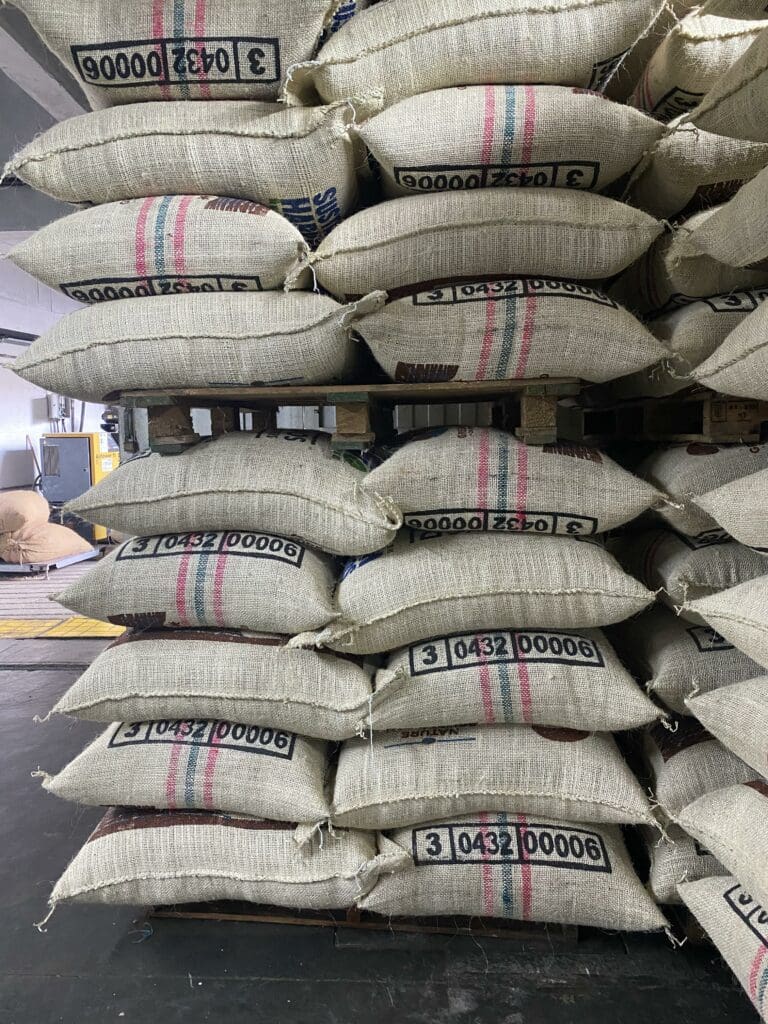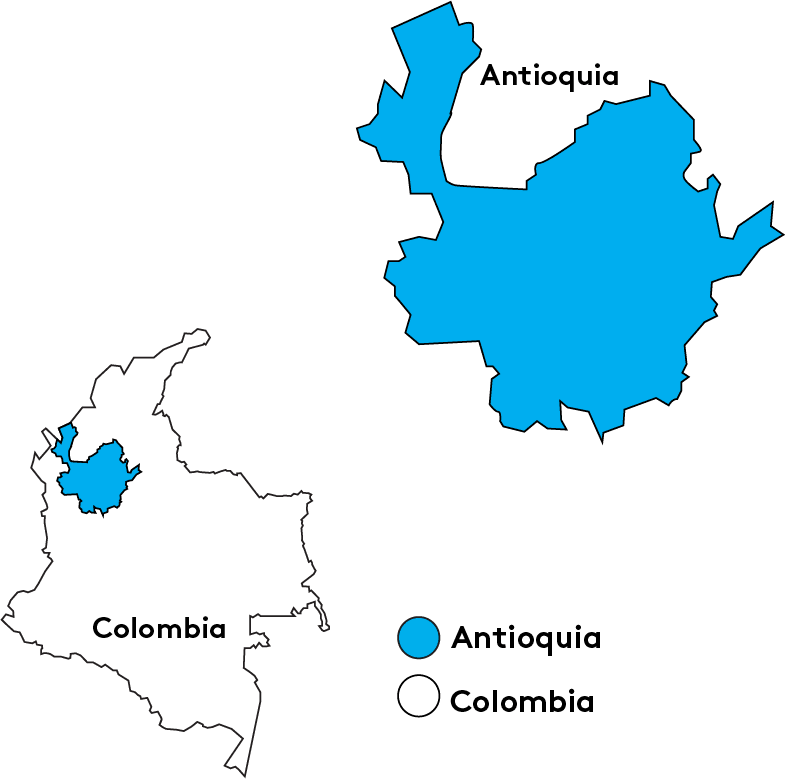Region
Antioquia
Antioquia is perhaps Colombia’s most traditional coffee producing department, with small
plots, mid-size properties, and large estates stretching up and down the steep mountains of the Western Range of the Andes that runs through the department. Coffee production stretches wide through the department, beginning as soon as Medellín’s suburbs end and continuing all the way to Antioquia’s southern border with Risaralda and Caldas.
Coffee growers in Antioquia are proud cafeteros, where smallholders still use some traditional means like transporting coffee via mule. Many farms plant varieties developed by the Colombian Coffee Growers’ Federation (FNC), choosing varieties intended for the specific conditions of each of the country’s growing regions and adhering to standards like recommended planting densities.
But, recently, Antioquia’s farmers have been branching out to implement new systems and techniques. Almost all of Colombia’s farms include a small wet mill and a drying surface, often a rooftop surface with a removable cover, for processing coffee. Antioquia’s farms are often described as “technified,” applying the latest agronomic innovations. Today, farmers diversify this technification beyond prescribed best practices suited for the whole department, instead developing their own technical improvements to make the most of their property’s attributes and produce the finest coffee possible.


